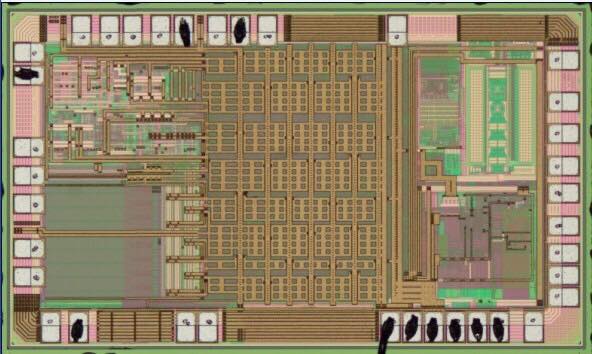Locked ATMEGA1284 Microcontroller Program Copying
Locked ATMEGA1284 Microcontroller Program Copying needs to break mcu atmega1284 fuse bit, and read embedded heximal out from microprocessor atmega1284 flash and eeprom memory;

Most port pins have alternate functions in addition to being general digital I/Os. The overriding signals may not be present in all port pins, but the figure serves as a generic description applicable to all port pins in the AVR microcontroller family.
The following subsections shortly describe the alternate functions for each port, and relate the overriding signals to the alternate function when unlock atmega1280 microprocessor firmware from flash and eeprom memory. Refer to the alternate function description for further details.
When this bit is written to one, the pull-ups in the I/O ports are disabled even if the DDxn and PORTxn Registers are configured to enable the pull-ups ({DDxn, PORTxn} = 0b01). See “Configuring the Pin” on page 57 for more details about this feature.
XTAL2: Chip clock Oscillator pin 2. Used as clock pin for crystal Oscillator or Low-frequency crystal Oscillator. When used as a clock pin, the pin can not be used as an I/O pin.

TOSC2: Timer Oscillator pin 2. Used only if internal calibrated RC Oscillator is selected as chip clock source, and the asynchronous timer is enabled by the correct setting in ASSR. When the AS2 bit in ASSR is set (one) to enable asynchronous clocking of Timer/Counter2 by crack encrypted atmega128a mcu flash memory, pin PB7 is disconnected from the port, and becomes the inverting out- put of the Oscillator amplifier.
In this mode, a crystal Oscillator is connected to this pin, and the pin cannot be used as an I/O pin. If PB7 is used as a clock pin, DDB7, PORTB7 and PINB7 will all read 0.
Tags: copiar atmega1284 archivo de memoria flash del microcontrolador,copiar atmega1284 Código fuente del software de memoria del chip MCU,copiar atmega1284 datos de firmware integrados en microcomputadora,copiar atmega1284 programa heximal flash del microprocesador

